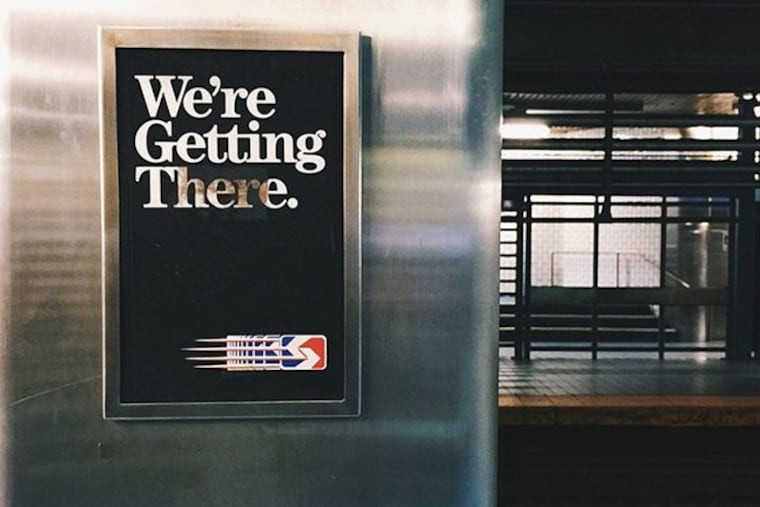SEPTA’s old ‘We’re Getting There’ slogan has a legacy. Here’s how it got there.
SEPTA's dead and gone slogan has been preserved in time with mentions on social media, at least one song written in its honor, and even a nod to it on the transportation authority's own blog.
